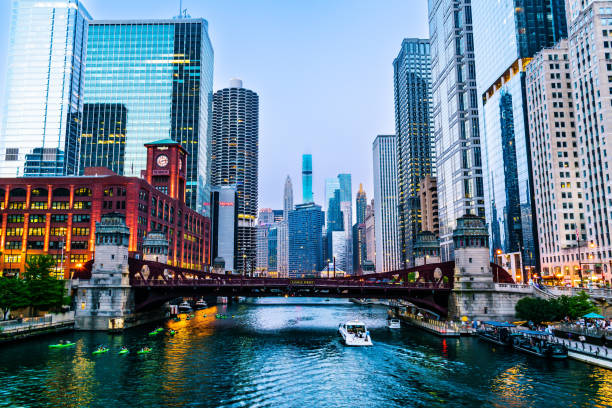Exploring the Rise of Vertical Tourism: Scaling New Heights in Travel
The world of travel is constantly evolving, and a new trend is taking adventurers to dizzying heights. Vertical tourism, an emerging niche in the travel industry, is captivating thrill-seekers and urban explorers alike. This innovative approach to sightseeing combines the allure of cityscapes with the adrenaline rush of scaling tall structures, offering a fresh perspective on familiar destinations.

The Appeal of Altitude
The draw of vertical tourism lies in its unique ability to offer both thrills and unparalleled vistas. For many travelers, the opportunity to see a city from above provides a sense of conquest and a fresh appreciation for urban planning and architecture. The physical challenge of ascending tall structures also appeals to those seeking to push their limits and overcome fears.
Vertical Tourism Destinations
Cities around the world are capitalizing on this trend by creating official vertical tourism experiences. In Toronto, the EdgeWalk at the CN Tower allows visitors to walk hands-free around the exterior of the main pod, 356 meters above the ground. Sydney offers the BridgeClimb experience, where adventurers can scale the iconic Harbour Bridge. Even in Dubai, the Burj Khalifa now features an outdoor observation deck on the 148th floor, providing a bird’s-eye view of the desert metropolis.
Safety and Regulation
As vertical tourism gains popularity, safety concerns have prompted stricter regulations and professional oversight. Many attractions now require participants to undergo safety briefings, wear protective gear, and be accompanied by trained guides. These measures have helped legitimize the activity and make it accessible to a wider range of travelers, not just extreme sports enthusiasts.
The Impact on Urban Planning
The rise of vertical tourism is influencing urban development and architecture. Cities are increasingly considering the tourism potential of their skylines when approving new construction projects. Architects are incorporating observation decks, glass-bottom floors, and even zip lines into their designs, blending functionality with the potential for vertical adventures.
Cultural and Educational Value
Beyond the thrill factor, vertical tourism offers significant cultural and educational benefits. Many experiences include historical tours and architectural insights, providing context to the cityscape below. This approach to sightseeing can deepen travelers’ understanding of urban development, geography, and local culture.
Challenges and Controversies
Despite its growing popularity, vertical tourism faces challenges. Weather conditions can often disrupt or cancel experiences, leading to disappointment for travelers. There are also concerns about the environmental impact of increased foot traffic on tall structures and the potential for accidents. Some critics argue that the trend commodifies city views that were once free and accessible to all.
The Future of Vertical Exploration
As technology advances, the future of vertical tourism looks even more exciting. Virtual reality experiences are being developed to allow those with physical limitations to enjoy panoramic views. Some futurists envision the integration of augmented reality into vertical tours, overlaying historical information and interactive elements onto real-world vistas.
Scaling New Heights: Expert Tips for Vertical Tourists
• Check weather forecasts and book flexible tickets when possible
• Wear comfortable, non-slip shoes and dress in layers
• Bring a small, secure bag for essentials like water and sunscreen
• Consider your physical fitness level and any fear of heights before booking
• Arrive early to allow time for security checks and safety briefings
• Listen carefully to all instructions from guides and staff
• Keep cameras and phones secure with wrist straps or lanyards
• Stay hydrated and take breaks if needed during the ascent
• Respect local customs and regulations regarding photography and behavior
As cities continue to reach for the sky, vertical tourism offers a thrilling way to experience urban environments from a new perspective. This trend not only satisfies our innate curiosity to see the world from above but also challenges us to confront our fears and push our boundaries. As it evolves, vertical tourism has the potential to transform how we interact with cityscapes, fostering a deeper appreciation for urban design and the marvels of human engineering.





